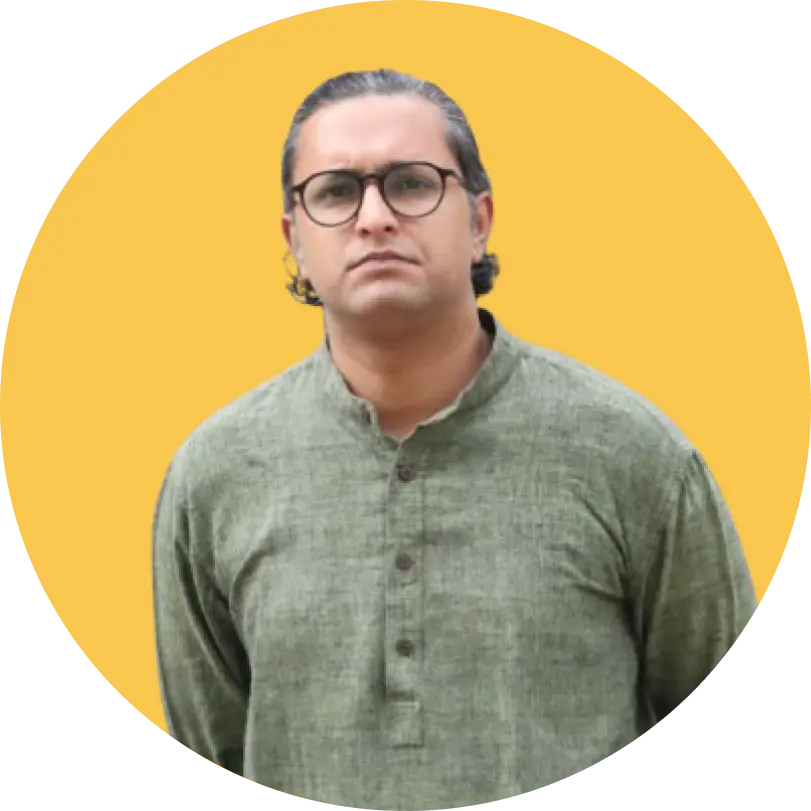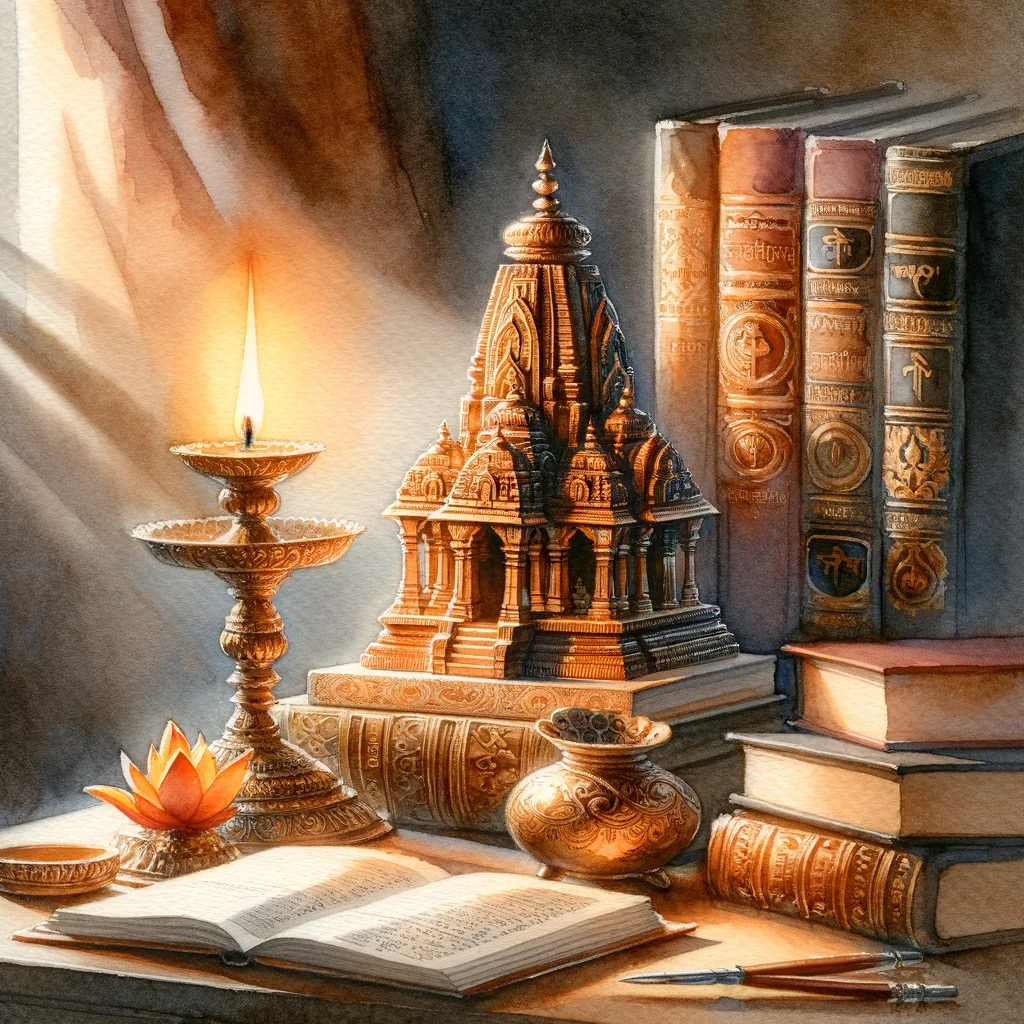Ancient Indian History
The unique story of a culture is captured in its history. But the arbiters of historiography have labeled every culture apart from their own as myth and legend. This course will explore the obfuscated history of Bhāratavarṣa in the light of the Purāṇas, and advance the case for writing and living the true history of this land.
Overview
Intent
Structure
Contents
Module 1
Introduction
Module 2
Sources
Module 3
Paurāṇika Accounts
Module 4
Early Neolithic Period
Module 5
Dawn of Material Civilization
Module 6
Sindhu Sarasvati Civilization
Module 7
Way to Bhāratavarṣa
Module 8
The Rise and Fall of Culture
Module 9
Q n A Session
Session Recordings

Module 1
Introduction

Module 2
Sources

Module 3
Paurāṇika Accounts

Module 4
Early Neolithic Period

Module 5
Dawn of Material Civilization

Module 6
Sindhu Sarasvati Civilization

Module 7
Way to Bhāratavarṣa

Module 8
The Rise and Fall of Culture

Module 9
Q n A Session
Sign up to view session recordings
These recordings are part of our member-only exclusive access.
Upgrade to get full access to all course recordings and other membership benefits
Key Takeaways
Clarity
For all the stories of our past we grow up hearing, what does their “truth” look like, and what does “truth” even mean? This course will leave participants with a feeling of clarity and resolution to such questions.
Plausibility
Our ancestors were not removed from time. Even as dharma is sanātana or eternal, the emergence of civilizational Bhārata occurred in the temporal realm- ie, the bhautika loka. The Pauraṇika corpus deserves a meritorious placement within this realm, and the course shall yield this.
Resolution
Who were the Aryans? Did they come, or did they go? Where does history end, and mythos begin? Or is there an overlap between them? Can we ever arrive at a chronological certitude to our epic memories? This course shall answer such questions, and more.
Who is this course for?
- The stories of our past, especially those embedded in the Paurāṇika corpus, have always been meant for the masses- for us all. This course is designed to appeal to young children and thinking adults alike. It will be presented in simple language, and even when discussing issues of complex scholarship they shall be visited in lucid, simplified fashion. Young children are encouraged to participate, as are adults looking for a rational, plausible narrative of the ancient past.
Know your Instructor

Amritanshu Pandey
Amrit combines more than a decade of professional experience rooted in product development, with a lifetime of engagement with ancient Indian history. He writes on history, civilizational thinking and design.
Our Draṣṭā online courses are designed to help you in your learning journey
Become a part of the community and engage, share, discuss and deepen your learnings
Interact with the course instructor through live sessions
Access to session recordings and materials


Become a member and dive into the Indic universe
Brhat subscription gives access to exclusive member-only content rooted in the Dharmic worldview.
Starts at ₹500 per month.